PRESCRIBING INFORMATION
DESCRIPTION:
Cebosh (Cefixime) is a semisynthetic, cephalosporin antibacterial for oral administration. Chemically, it is (6R,7R)-7-[2-(2-Amino-4 -thiazolyl) glyoxylamido]-8-oxo-3-vinyl-5-thia-1-azabicyclo[4.2.0] oct-2-ene-2-carboxylic acid, 72 -(Z)-[O-(carboxy methyl) oxime] trihydrate. Molecular weight = 507.50 as the trihydrate. Chemical Formula is C16H15N5O7S2.3H2O.
COMPOSITION:
Cebosh 200mg Capsule:
Each Capsule contains:
Cefixime U.S.P. …. 200mg as Cefixime Trihydrate
(Product Specs.: Bosch)
Cebosh 400mg Capsule:
Each Capsule contains:
Cefixime U.S.P. …. 400mg as Cefixime Trihydrate
(Product Specs.: Bosch)
Cebosh 200mg tablet:
Each Film Coated Tablet contains:
Cefixime U.S.P. …. 200mg as Cefixime Trihydrate
(Product Specs.: U.S.P.)
Cebosh 400mg tablet:
Each Film Coated Tablet contains:
Cefixime U.S.P. …. 400mg as Cefixime Trihydrate
(Product Specs.: U.S.P.)
Cebosh 100mg/5ml Suspension:
Each 5ml contains:
Cefixime U.S.P. …. 100mg as Cefixime Trihydrate
(Product Specs.: U.S.P.)
Cebosh 200mg/5ml Suspension:
Each 5ml contains:
Cefixime U.S.P. …. 200mg as Cefixime Trihydrate
(Product Specs.: U.S.P.)
CLINICAL PHARMACOLOGY:
Pharmacodynamic Properties:
Pharmacotherapeutic group: third generation cephalosporin,
ATC code: J01DD08
Mechanism of Action:
Cebosh (Cefixime) is an oral third generation cephalosporin which has marked in vitro bactericidal activity against a wide variety of Gram-positive and Gram-negative organisms. The bactericidal action of cefixime results from inhibition of cell wall synthesis. Cebosh (Cefixime) is stable in the presence of certain beta-lactamase enzymes. As a result, certain organisms resistant to penicillin and some cephalosporins due to the presence of beta lactamases may be susceptible to cefixime.
Microbiology:
Gram-Positive Bacteria:
- Streptococcus pneumoniae
- Streptococcus pyogenes
- Streptococcus agalactiae
Gram-Negative Bacteria:
- Escherichia coli
- Haemophilus influenzae
- Moraxella catarrhalis
- Neisseria gonorrhoeae
- Proteus mirabilis
- Citrobacter amalonaticus
- Citrobacter diversus
- Haemophilus parainfluenzae
- Klebsiella oxytoca
- Klebsiella pneumoniae
- Pasteurella multocida
- Proteus vulgaris
- Providencia species
- Salmonella species
- Serratia marcescens
- Shigella species
Pharmacokinetic Properties
Absorption:
Cebosh (Cefixime) tablets and suspension, given orally, are about 40% to 50% absorbed whether administered with or without food; however, time to maximal absorption is increased approximately 0.8 hour when administered with food. A single 200 mg tablet of cefixime produces an average peak serum concentration of approximately 2 mcg/mL (range 1 to 4 mcg/mL), a single 400 mg tablet produces an average peak concentration of approximately 3.7 mcg/mL (range 1.3 to 7.7 mcg/mL). The oral suspension produces average peak concentrations approximately 25% to 50% higher than the tablets. 200 and 400 mg doses of oral suspension produce average peak concentrations of 3 mcg/mL (range 1 to 4.5 mcg/mL) and 4.6 mcg/mL (range 1.9 to 7.7 mcg/mL), respectively. The 400 mg capsule is bioequivalent to the 400 mg tablet under fasting conditions. However, food reduces the absorption following administration of the capsule by approximately 15% based on AUC and 25% based on Cmax. Peak serum concentrations occur between 2 and 6 hours following oral administration of a single 200 mg
tablet, a single 400 mg tablet or 400 mg of cefixime suspension. Peak serum concentrations occur between 2 and 5 hours following a single administration of 200 mg of suspension. Peak serum concentrations occur between 3 and 8 hours following oral administration of a single 400 mg capsule.
Distribution:
Serum protein binding is concentration independent with a bound fraction of approximately 65%. In a multiple dose study conducted with a research formulation which is less bioavailable than the tablet or suspension, there was little accumulation of drug in serum or urine after dosing for 14 days.
Metabolism & Elimination:
There is no evidence of metabolism of cefixime. Approximately 50% of the absorbed dose is excreted unchanged in the urine in 24 hours. The serum half-life of cefixime is independent of dosage form and averages 3 to 4 hours but may range up to 9 hours in some people.
SPECIFIC POPULATIONS
Renal Insufficiency
The average serum half-life of cefixime is prolonged to 6.4 hours. In severe renal impairment, the half-life increased to an average of 11.5 hours. The drug is not cleared significantly from the blood by hemodialysis or peritoneal dialysis.
Elderly:
Average AUCs at steady state in elderly patients are approximately 40% higher than average AUCs in other healthy adults. However, these increases were not clinically significant.
THERAPEUTIC INDICATIONS:
It is indicated for the following treatment:
- Upper respiratory tract infections (URTI): e.g. Otitis media, sinusitis, pharyngitis & tonsillitis
- Lower respiratory tract infections (LRTI): e.g. Bronchitis
- Urinary tract infections (UTI): e.g. Cystitis, cystourethritis, uncomplicated pyelonephritis & uncomplicated gonorrhoea (Cervical, urethral and rectal).
DOSAGE AND ADMINISTRATION:
Adults:
The recommended dose of Cebosh (Cefixime) is 400 mg daily. This may be given as a 400 mg tablet or capsule daily or the 400 mg tablet may be split and given as one half tablet every 12 hours. For the treatment of uncomplicated cervical/urethral gonococcal infections, a single oral dose of 400 mg is recommended. The capsule and tablet may be administered without regard to food.
Pediatric Patients (6 months or older):
The recommended dose is 8 mg/kg/day of the suspension. This may be administered as a single daily dose or may be given in two divided doses, as 4 mg/kg every 12 hours. Children weighing more than 45 kg or older than 12 years should be treated with the recommended adult dose. Cefixime chewable tablets must be chewed or crushed before swallowing.
Safety and effectiveness of cefixime in pediatric patients younger than 6 months of age have not been established.
Otitis Media
Otitis media should be treated with the chewable tablets or suspension. The chewable tablets or suspension results in higher peak blood levels than the tablet when administered at the same dose. Therefore, the tablet or capsule should not be substituted for the chewable tablets or suspension in the treatment of otitis media.
Elderly:
Elderly patients may be given the same dose as recommended for adults. Renal function should be assessed, and dosage should be adjusted in severe renal impairment.
Patients with Renal Impairment:
Cebosh (Cefixime) may be administered in the presence of impaired renal function. Normal dose and schedule may be employed in patients with creatinine clearances of 60 mL/min or greater. Refer to Table 1 below for dose adjustments for adults with renal impairment. Neither hemodialysis nor peritoneal dialysis removes significant amounts of drug from the body.
Table 1. Doses for Adults with Renal Impairment
Renal Dysfunction | Cebosh (cefixime) for oral suspension | Tablet | Chewable Tablet | ||
Creatinine Clearance (mL/min) | 100 mg/5 mL Dose/Day (mL) | 200 mg/5 mL Dose/Day (mL) | 500 mg/5 mL Dose/Day (mL) | 400 mg Dose/Day | 200 mg Dose/Day |
60 or greater | Normal dose | Normal dose | Normal dose | Normal dose | Normal dose |
21 to 59 * OR renal hemodialysis* | 13 | 6.5 | 2.6 | Not Appropriate | Not Appropriate |
20 or less OR continuous peritoneal dialysis | 8.6 | 4.4 | 1.8 | 0.5 tablet | 1 tablet |
* The preferred concentrations of oral suspension to use are 200 mg/5 mL or 500 mg/5 mL for patients with this renal dysfunction | |||||







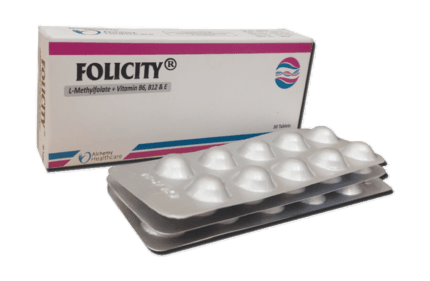
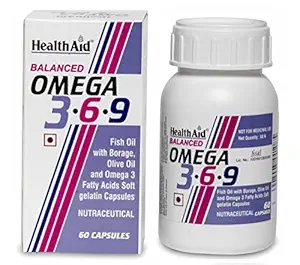
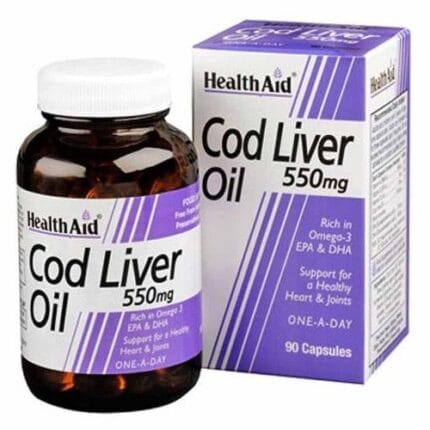
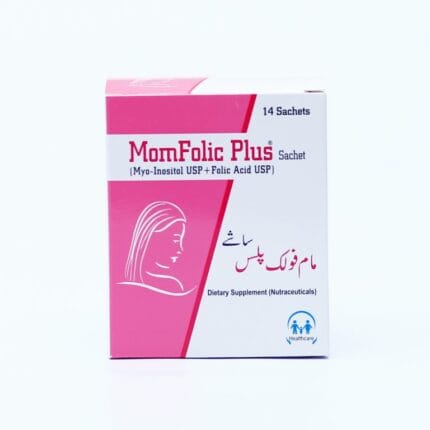
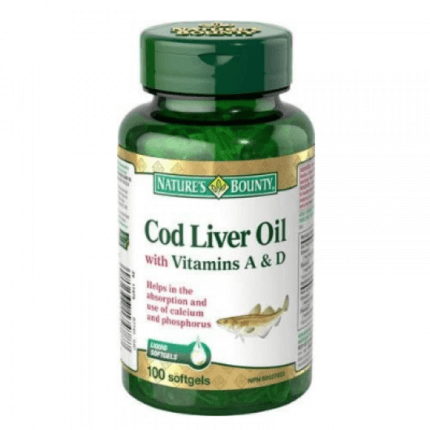
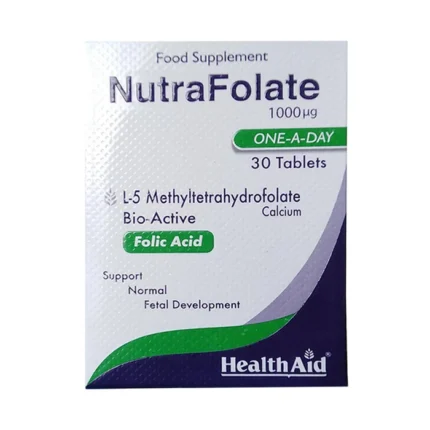





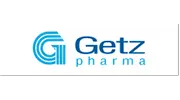


Reviews
There are no reviews yet.